
Are you looking for a way to make your car look ordinary on the outside but have a powerful engine under the hood? If so, you need a sleeper build. A sleeper build is a car that appears to be stock, but has been modified with high-performance parts. In this article, we will discuss how to get a sleeper build for your car.
Research

The first step in getting a sleeper build is to do your research. You need to find out what kind of modifications are available for your car and what will be required to install them. You can start by searching online forums and websites dedicated to your make and model of car. You may also want to consult with a mechanic or tuner who has experience with your type of vehicle.
Budget
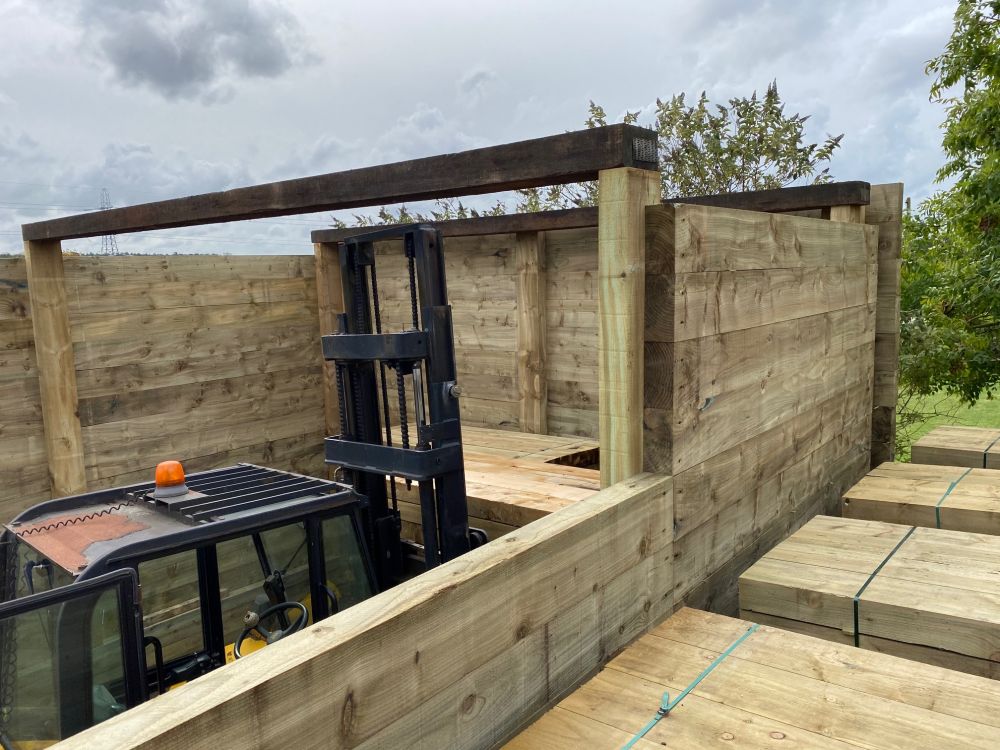
Once you have done your research, you need to determine your budget. Sleeper builds can be expensive, so it's important to set a realistic budget and stick to it. You may need to prioritize which modifications are most important and which ones can wait until later.
Engine

The engine is the heart of your car, and it's also the most important component of a sleeper build. You will need to upgrade your engine to get the kind of performance you're looking for. This may involve adding a turbocharger, supercharger, or nitrous system. You may also need to upgrade your exhaust system and intake manifold to improve airflow.
Suspension
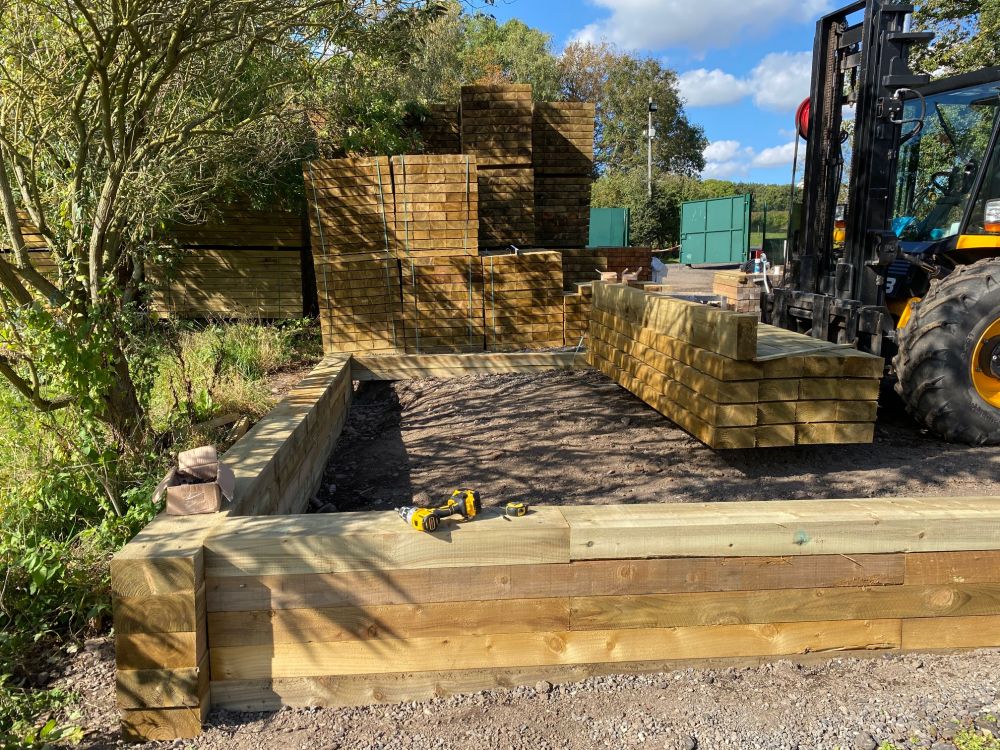
The suspension is another important component of a sleeper build. You want your car to handle well, so you will need to upgrade your suspension to improve handling and reduce body roll. This may involve adding stiffer springs, performance shocks, and sway bars.
Brakes

With all of the added power, you will need to upgrade your brakes to handle the increased speed. This may involve adding larger brake discs, performance brake pads, and upgrading your brake lines.
Transmission

Your car's transmission is responsible for transferring power from the engine to the wheels. You will need to upgrade your transmission to handle the added power. This may involve adding a stronger clutch, upgrading your gear ratios, or installing a new transmission altogether.
Tires

Your tires are the only thing that connects your car to the road, so you will need to upgrade them to handle the increased power and performance. You may want to invest in high-performance tires that offer better grip and handling.
Aero

Aerodynamics can play a big role in the performance of your car. You may want to add a front splitter, rear diffuser, or other aero components to improve downforce and reduce drag.
Tuning

After you have completed all of the modifications, you will need to have your car tuned. A proper tune is essential to getting the most performance out of your car. You may want to consult with a professional tuner who has experience with your type of vehicle.
Testing
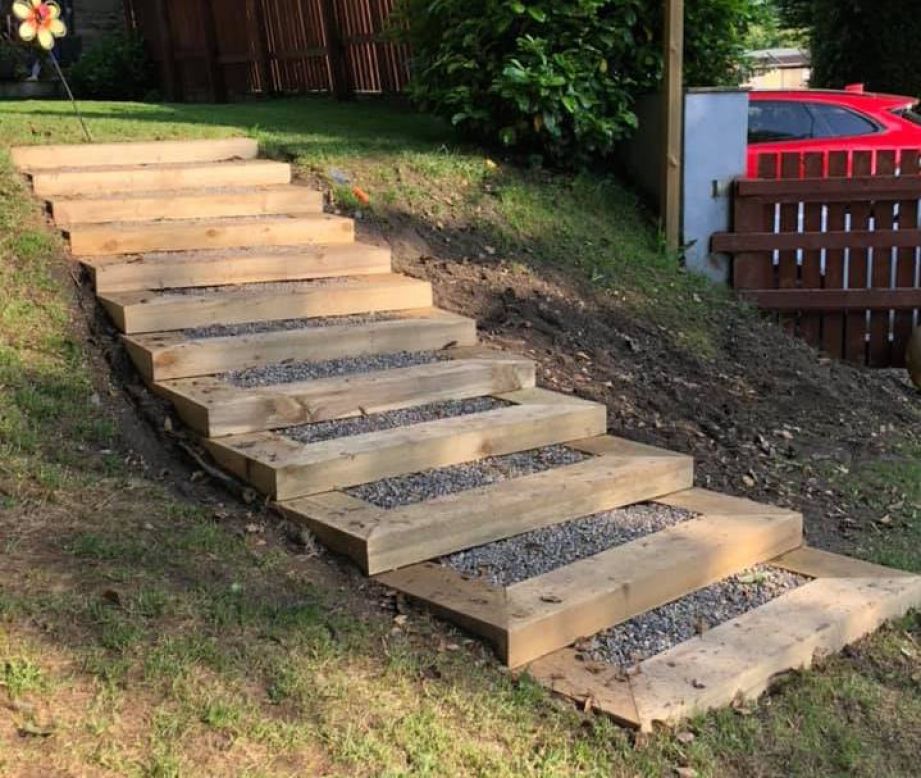
After your car has been tuned, you will need to take it out for some testing. You want to make sure that everything is working properly and that your car is performing at its best. You may want to take your car to a track or dragstrip to see how it performs under real-world conditions.
Maintenance
Maintenance is essential to keeping your sleeper build running smoothly. You will need to follow a strict maintenance schedule and keep your car in good condition. This may involve regular oil changes, spark plug replacements, and other routine maintenance tasks.
Driving

Driving a sleeper build can be a lot of fun, but it's important to be responsible. You should always obey traffic laws and drive safely. Remember that your car is more powerful than it looks, and it can be dangerous if you're not careful.
Conclusion
A sleeper build is a great way to have a powerful car that doesn't draw too much attention. With the right modifications and some careful planning, you can have a car that looks stock but performs like a supercar. Just remember to do your research, set a realistic budget, and work with experienced professionals to get the best results.
Meta Description
Learn how to get a sleeper build for your car with our comprehensive guide. Discover the best modifications, budgeting tips, and maintenance strategies for a powerful but inconspicuous ride.
Meta Keywords
sleeper build, car modifications, engine upgrades, suspension upgrades, brake upgrades, transmission upgrades, tire upgrades, aero components, car tuning, maintenance strategies, responsible driving
Related video of How To Get Sleeper Build
Single leg squats, also known as pistol squats, are a challenging exercise that can help build strength, stability, and balance. But what muscles do they work? In this article, we'll take a closer look at the muscles worked during single leg squats, as well as some tips for performing this exercise safely and effectively.
The Muscles Worked During Single Leg Squats

The primary muscle worked during single leg squats is the quadriceps, which is the large muscle group on the front of your thigh. Specifically, the rectus femoris, vastus lateralis, vastus intermedius, and vastus medialis muscles all play a role in extending your knee and lifting your body up during the squat.

In addition to the quadriceps, single leg squats also work your glutes, or buttocks. The gluteus maximus is the largest muscle in your body, and it plays a key role in hip extension, which is necessary for standing up from the squat position.
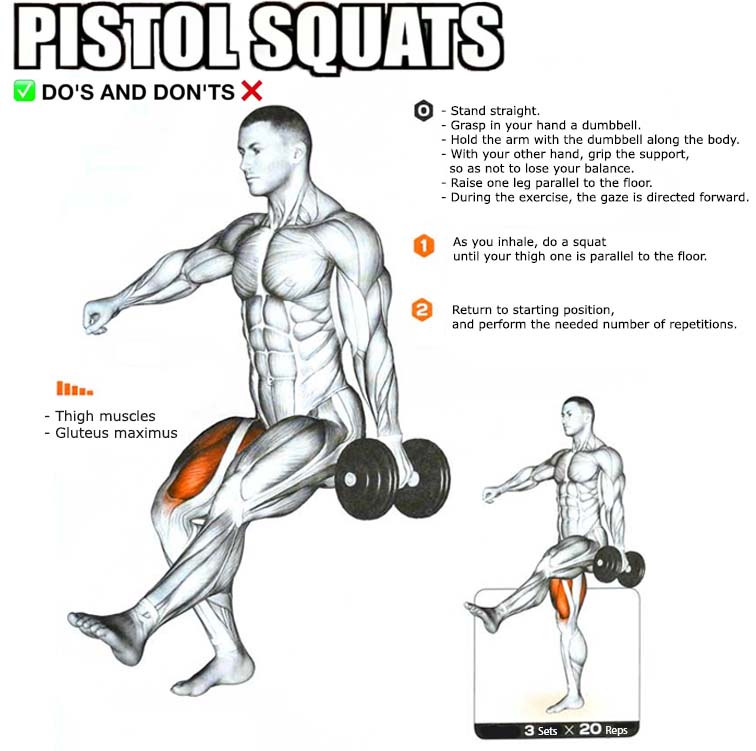
Other muscles worked during single leg squats include the hamstrings, which are the muscles on the back of your thigh. The hamstrings help to bend your knee and stabilize your knee joint during the squat.

Finally, single leg squats also work your calves, which are the muscles on the back of your lower leg. The gastrocnemius and soleus muscles are responsible for plantarflexion, or pointing your toes, which is necessary for maintaining balance during the squat.
How to Perform Single Leg Squats

Performing single leg squats can be challenging, especially if you're new to this exercise. Here are some tips to help you perform single leg squats safely and effectively:
- Stand with your feet hip-width apart, and lift one foot off the ground.
- Extend your arms in front of you for balance.
- Bend your standing knee, and lower your body down towards the ground.
- Keep your chest lifted, and your core engaged.
- Lower your body down as far as you can, while keeping your heel on the ground.
- Push through your heel to lift your body back up to the starting position.
- Repeat for 10-12 repetitions on each leg.
Benefits of Single Leg Squats

Single leg squats offer a number of benefits, including:
- Improved balance and stability
- Increased strength and muscle tone in the legs and glutes
- Reduced risk of injury by strengthening the muscles around the knee and hip joints
- Increased calorie burn and metabolism boost
Conclusion
Single leg squats are a challenging exercise that can help build strength, stability, and balance. By targeting the quadriceps, glutes, hamstrings, and calves, this exercise is a great way to work multiple muscle groups at once. Whether you're a beginner or an experienced exerciser, adding single leg squats to your workout routine can help you achieve your fitness goals.
Related video of Single Leg Squats Muscles Worked

Are you looking for a full-body exercise that can help you build strength, power, and explosiveness? Look no further than the dumbbell hang clean and jerk.
What Is the Dumbbell Hang Clean and Jerk?

The dumbbell hang clean and jerk is a compound exercise that involves two movements: the hang clean and the jerk. It is performed with dumbbells instead of a barbell, making it a great alternative for those who prefer or have limited access to barbells.
How to Perform the Dumbbell Hang Clean and Jerk

Here is a step-by-step guide to performing the dumbbell hang clean and jerk:
- Stand with your feet shoulder-width apart and hold a dumbbell in each hand at your sides.
- Bend your knees slightly and hinge forward at your hips, keeping your back straight and your core engaged.
- Pause for a moment, then explosively jump up, extending your hips, knees, and ankles and shrugging your shoulders.
- As you do this, pull the dumbbells up towards your shoulders, keeping them close to your body.
- When the dumbbells reach your shoulders, dip your knees and hips slightly and then stand up quickly, pressing the dumbbells overhead.
- Lower the dumbbells back down to your shoulders, then lower them back down to your sides.
- Repeat for the desired number of repetitions.
Tips for Performing the Dumbbell Hang Clean and Jerk

Here are some tips to help you perform the dumbbell hang clean and jerk with proper form and technique:
- Start with a light weight and focus on getting the technique right before increasing the weight.
- Keep your core engaged throughout the movement to protect your lower back.
- Keep the dumbbells close to your body throughout the movement to avoid swinging them.
- Use your legs and hips to generate power, not just your arms.
- Exhale as you press the dumbbells overhead.
Benefits of the Dumbbell Hang Clean and Jerk

The dumbbell hang clean and jerk is a highly effective exercise for building strength, power, and explosiveness in the entire body. It targets the shoulders, back, legs, and core, making it a great full-body workout. Additionally, it can help improve athleticism and sports performance by developing speed, agility, and coordination.
Conclusion
The dumbbell hang clean and jerk is a challenging but highly rewarding exercise that can help you build strength, power, and explosiveness in the entire body. By following the proper form and technique, you can reap the many benefits of this exercise and take your fitness to the next level.
Related video of Dumbbell Hang Clean And Jerk: A Complete Guide

Are you looking to build a strong, defined upper body? Then you need to include the single arm db press in your workout routine. This exercise targets the chest, shoulders, and triceps, helping you to build a well-rounded upper body.
What is the Single Arm Db Press?

The single arm db press is a strength training exercise that involves lifting a dumbbell with one arm while lying on your back on a bench. This exercise is also known as the one-arm bench press or the one-arm dumbbell bench press. It is a variation of the traditional bench press that targets one arm at a time, allowing you to focus on each arm individually.
How to Perform the Single Arm Db Press

To perform the single arm db press:
- Lie down on a bench with your feet flat on the ground and your back flat against the bench.
- Hold a dumbbell in one hand with your palm facing inward and your elbow bent at a 90-degree angle, so that the weight is just above your shoulder.
- Slowly lower the weight towards your chest, keeping your elbow close to your body.
- Pause for a second with the weight just above your chest, then press the weight back up to the starting position.
- Repeat for the desired number of repetitions, then switch arms and repeat the exercise on the other side.
Tips for Performing the Single Arm Db Press

Here are some tips to help you perform the single arm db press correctly:
- Keep your core engaged and your back flat against the bench throughout the exercise.
- Use a weight that challenges you but allows you to maintain proper form.
- Exhale as you press the weight up and inhale as you lower it down.
- Take your time and focus on each rep, rather than rushing through the exercise.
Benefits of the Single Arm Db Press

The single arm db press offers a range of benefits, including:
- Increased upper body strength and muscle mass.
- Improved shoulder stability and mobility.
- Reduced muscle imbalances between the left and right sides of the body.
- Enhanced core stability and balance.
Variations of the Single Arm Db Press
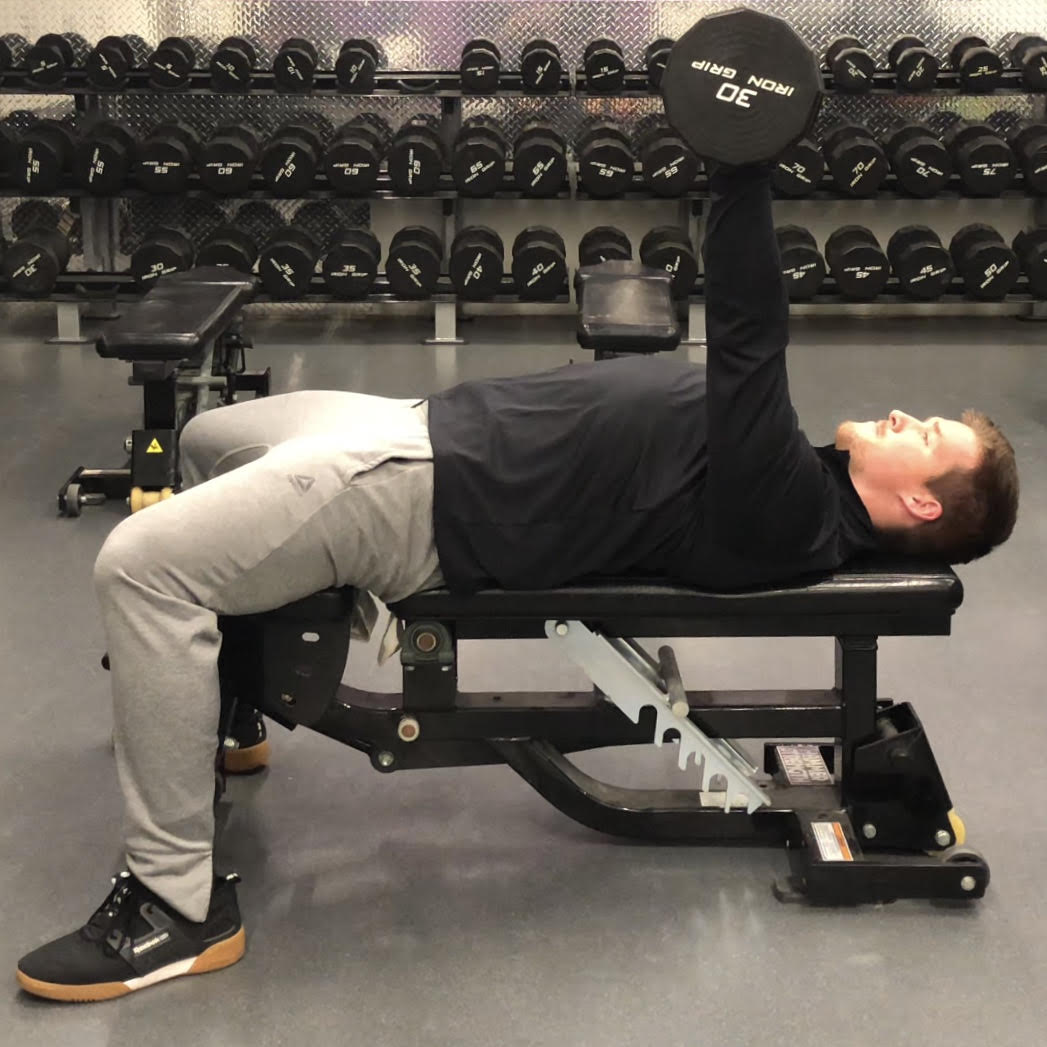
There are several variations of the single arm db press that you can incorporate into your workout routine:
- Single arm db press on an incline bench
- Single arm db press on a decline bench
- Single arm db press on a stability ball
- Single arm db press with a twist
Conclusion
The single arm db press is a highly effective exercise for building upper body strength and muscle mass. By incorporating this exercise into your workout routine, you can target your chest, shoulders, and triceps, and achieve a well-rounded upper body. Remember to focus on proper form and take your time with each repetition, and you'll see results in no time!
Related video of Single Arm Db Press: The Ultimate Guide to Building a Strong Upper Body
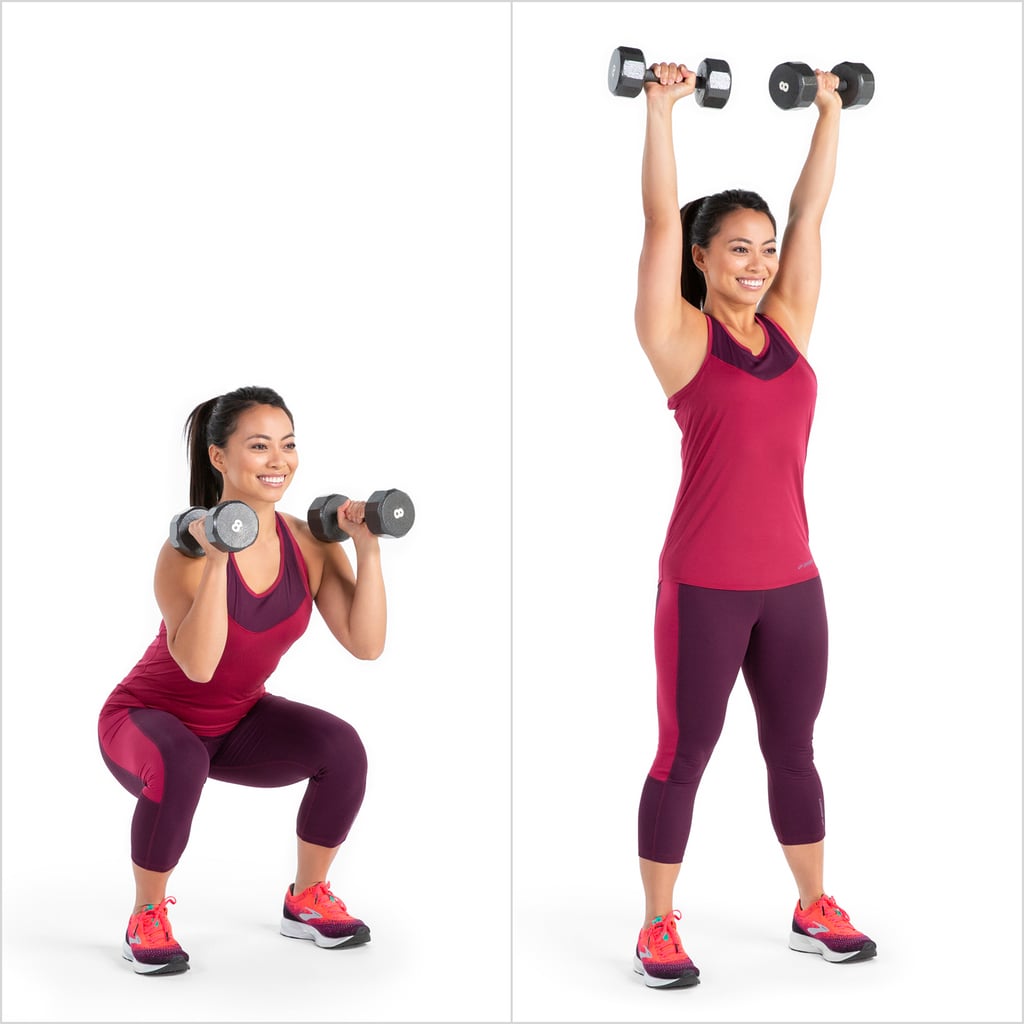
If you're looking for an effective full-body exercise that can help you build strength and burn fat, look no further than the squat to press. This compound exercise targets multiple muscle groups at once, making it a great choice for anyone looking to get more out of their workout.
What Is the Squat To Press Exercise?
The squat to press exercise is a compound movement that combines a squat with an overhead press. To perform the exercise, you'll need a set of dumbbells or a barbell. Begin by standing with your feet shoulder-width apart and holding the dumbbells at shoulder height. From there, lower into a squat, making sure to keep your back straight and your knees over your toes. As you stand up, press the dumbbells overhead, extending your arms fully.
What Are the Benefits of the Squat To Press Exercise?

There are many benefits to incorporating the squat to press exercise into your workout routine. Firstly, it's a compound exercise, which means it targets multiple muscle groups at once. This makes it an efficient way to build strength and burn fat. Additionally, the squat to press is a functional exercise, meaning that it mimics movements you might perform in your everyday life. This can help improve your overall fitness and make daily activities easier.
How to Do the Squat To Press Exercise with Proper Form

To get the most out of the squat to press exercise, it's important to use proper form. Here's a step-by-step guide:
- Begin by standing with your feet shoulder-width apart and holding the dumbbells at shoulder height.
- Lower into a squat, making sure to keep your back straight and your knees over your toes.
- As you stand up, press the dumbbells overhead, extending your arms fully.
- Lower the dumbbells back to shoulder height and repeat for the desired number of reps.
Variations of the Squat To Press Exercise

There are many variations of the squat to press exercise that you can try to keep your workouts interesting and challenging. Here are a few ideas:
- Single-arm squat to press: Perform the squat to press exercise with one arm at a time, alternating sides.
- Jump squat to press: Instead of standing up slowly from the squat, jump explosively as you press the dumbbells overhead.
- Sumo squat to press: Instead of standing with your feet shoulder-width apart, stand with your feet wider apart and toes turned out slightly.
How to Incorporate the Squat To Press Exercise into Your Workout Routine
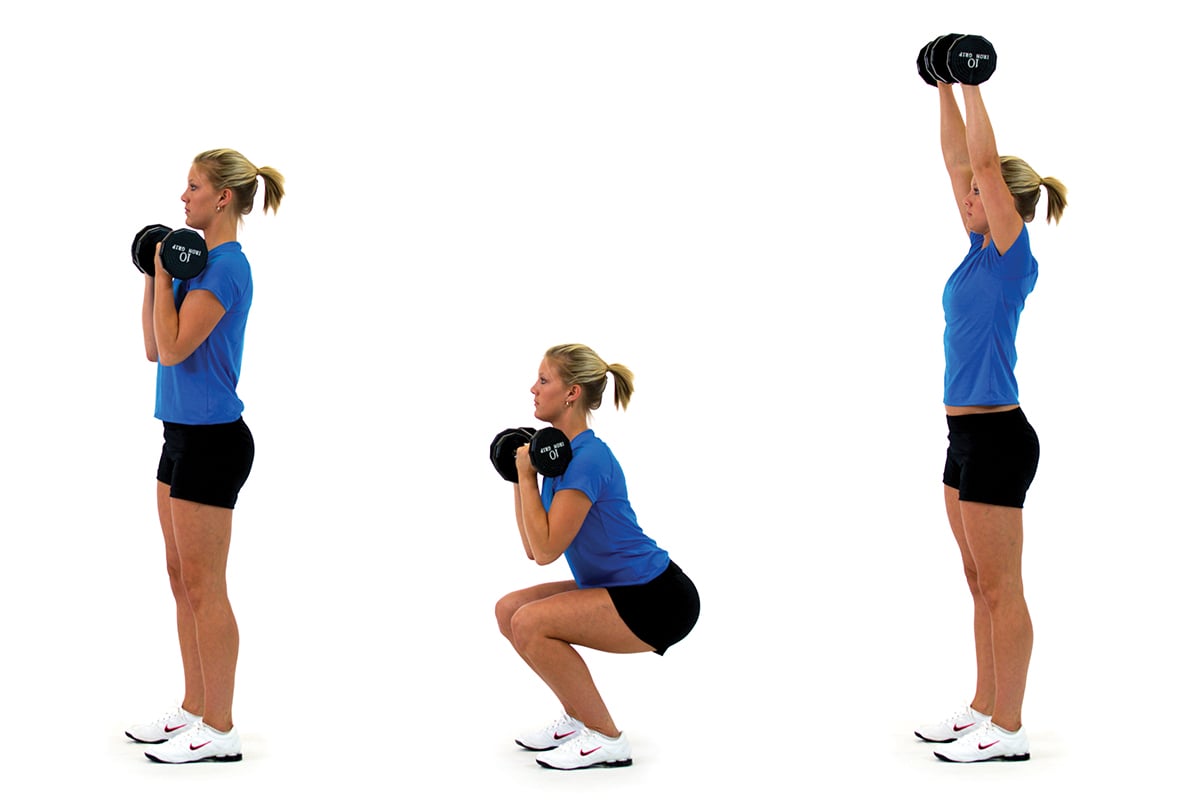
If you're looking to add the squat to press exercise to your workout routine, here are a few ideas:
- Include it in a full-body workout: The squat to press is a great exercise to include in a full-body workout. Pair it with other compound exercises like lunges, push-ups, and rows for a complete workout.
- Add it to a HIIT workout: The squat to press is a high-intensity exercise that can be incorporated into a HIIT (high-intensity interval training) workout. Alternate between the squat to press and other high-intensity exercises like burpees and mountain climbers for a challenging workout.
- Use it as a warm-up: The squat to press is a great exercise to include in your warm-up routine. Do a few sets with lighter weights to get your heart rate up and your muscles warmed up before moving on to more challenging exercises.
Safety Tips for the Squat To Press Exercise

As with any exercise, it's important to use proper form and take safety precautions when performing the squat to press. Here are a few tips:
- Start with lighter weights: If you're new to the squat to press, start with lighter weights to get the hang of the movement before moving on to heavier weights.
- Keep your back straight: It's important to keep your back straight throughout the movement to avoid injury.
- Don't let your knees cave in: Keep your knees over your toes throughout the movement to avoid putting undue stress on your knees.
- Consult a trainer: If you're unsure about proper form or have any concerns about performing the exercise, consult a personal trainer or fitness professional.
Conclusion
The squat to press exercise is a highly effective full-body exercise that can help you build strength, burn fat, and improve your overall fitness. By using proper form and incorporating it into your workout routine, you can reap the many benefits of this compound movement.
Related video of Squat To Press Exercise: How to Do It and Its Benefits

If you are looking for an effective way to improve your upper body strength, the bench press cable machine is worth considering. This machine is designed to provide a full-body workout that targets your chest, shoulders, and triceps. In this article, we will discuss the benefits of using the bench press cable machine, how to use it properly, and some tips to help you get the most out of your workout.
The Benefits of Using the Bench Press Cable Machine

One of the main benefits of using the bench press cable machine is that it allows you to work on your upper body strength without putting too much stress on your joints. This makes it an excellent option for people who are recovering from an injury or have joint issues.
Another advantage of the bench press cable machine is that it provides a wide range of motion. Unlike traditional bench presses, this machine allows you to move your arms in different directions, which can help you target different muscles in your upper body.
Furthermore, the bench press cable machine is versatile and can be used for a variety of exercises, such as chest flyes, tricep pushdowns, and shoulder presses.
How to Use the Bench Press Cable Machine

Before using the bench press cable machine, make sure you adjust the height of the cable to your chest level. Then, sit on the bench and grasp the handles with your palms facing forward.
Next, push the handles forward until your arms are fully extended. Hold this position for a few seconds before slowly returning to the starting position.
When using the bench press cable machine, it is important to maintain proper form. Keep your back straight, your feet flat on the ground, and your elbows close to your body. Also, exhale as you push the handles forward and inhale as you return to the starting position.
Tips to Get the Most Out of Your Workout

To maximize your workout with the bench press cable machine, it is important to vary your exercises and increase the resistance over time. This will help you challenge your muscles and prevent plateauing.
Additionally, make sure to warm up properly before using the bench press cable machine. Perform some light cardio and stretching exercises to prepare your muscles for the workout.
Finally, don't forget to cool down after the workout. Stretching and foam rolling can help reduce muscle soreness and prevent injuries.
Conclusion
The bench press cable machine is a versatile and effective way to improve your upper body strength. By following the tips and guidelines discussed in this article, you can use this machine to target different muscles in your chest, shoulders, and triceps. So, why not give it a try and see the results for yourself?
Related video of Bench Press Cable Machine: What You Need to Know

When it comes to building a strong back, rowing exercises are essential. One effective variation of the rowing exercise is the neutral grip cable row. This exercise targets the middle and upper back muscles and is a great way to add variety to your workout routine. In this article, we will discuss the benefits of the neutral grip cable row and how to perform it correctly.
What Is a Neutral Grip Cable Row?

A neutral grip cable row is a variation of the traditional cable row exercise. Instead of using an overhand or underhand grip, the neutral grip involves holding the handles with your palms facing each other. This grip engages the middle and upper back muscles, including the rhomboids, trapezius, and latissimus dorsi.
Benefits of the Neutral Grip Cable Row

There are several benefits to adding the neutral grip cable row to your workout routine:
- Targets the middle and upper back muscles
- Improves posture and spinal alignment
- Increases back strength and muscle endurance
- Reduces the risk of back injuries
- Can be easily modified for different fitness levels
How to Perform a Neutral Grip Cable Row

Follow these steps to perform a neutral grip cable row:
- Adjust the cable machine to chest height and attach the handles.
- Stand facing the machine with your feet shoulder-width apart and knees slightly bent.
- Grasp the handles with a neutral grip and keep your elbows close to your body.
- Engage your core and keep your back straight as you pull the handles towards your chest.
- Squeeze your shoulder blades together at the top of the movement.
- Slowly release the handles back to the starting position, keeping a slight bend in your elbows.
- Repeat for the desired number of reps.
Tips for Proper Form

To get the most out of the neutral grip cable row, it's important to use proper form:
- Keep your elbows close to your body throughout the movement.
- Engage your core and keep your back straight to avoid rounding or arching.
- Focus on squeezing your shoulder blades together at the top of the movement.
- Avoid pulling the handles too far back, as this can strain your shoulders.
- Use a weight that challenges you but allows you to maintain proper form.
Variations of the Neutral Grip Cable Row

The neutral grip cable row can be easily modified to target different areas of the back:
- Wide-grip neutral cable row: Use a wider grip to target the outer back muscles.
- Close-grip neutral cable row: Use a closer grip to target the inner back muscles.
- Single-arm neutral cable row: Perform the exercise with one arm at a time to improve balance and stability.
Conclusion
The neutral grip cable row is a versatile exercise that can help you build a stronger, more defined back. By using proper form and gradually increasing the weight, you can maximize the benefits of this exercise and prevent injury. Incorporate the neutral grip cable row into your workout routine and watch your back muscles transform.
Related video of Neutral Grip Cable Row: A Comprehensive Guide

Kettlebell training has become increasingly popular in recent years, and for good reason. These versatile weights allow for a wide range of exercises that can target different muscle groups and help improve overall strength and fitness. One of the most effective kettlebell exercises is the Bottoms Up Kettlebell Press, which is a great way to build upper body strength and improve stability and balance. In this article, we'll take a closer look at this exercise and how to perform it correctly.
What is the Bottoms Up Kettlebell Press?
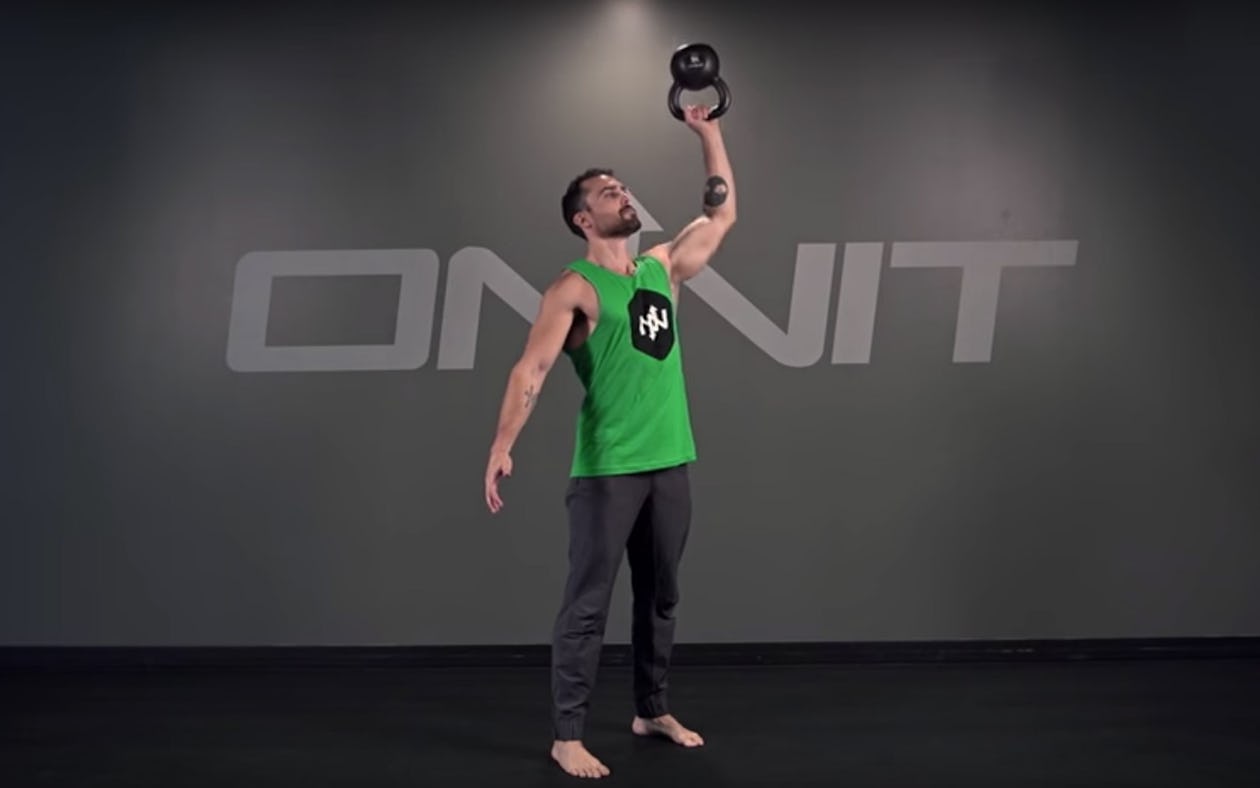
The Bottoms Up Kettlebell Press is a variation of the traditional kettlebell press, but with a twist. Instead of holding the kettlebell by the handle, you grip it from the bottom, hence the name "bottoms up." This grip requires you to engage your wrist, forearm, and shoulder muscles more intensely to maintain control of the kettlebell as you press it overhead.
Benefits of the Bottoms Up Kettlebell Press
:max_bytes(150000):strip_icc()/kettlebellpress-700_0-2d2cf7b1cf3d44428a7e9c2b770b5f3c.jpg)
The Bottoms Up Kettlebell Press offers several benefits that make it an excellent addition to your workout routine. Here are some of the benefits:
- Improves grip strength: Since you are holding the kettlebell from the bottom, you need to engage your grip more intensely. This can help improve your grip strength, which is essential for many other exercises.
- Increases shoulder stability: The Bottoms Up Kettlebell Press requires you to stabilize the weight overhead, which can help improve your shoulder stability and reduce the risk of injury.
- Develops upper body strength: The exercise targets your shoulders, triceps, and chest muscles, helping you build upper body strength and muscle.
- Improves overall balance and coordination: The Bottoms Up Kettlebell Press requires you to maintain balance and coordination throughout the movement, which can improve your overall body awareness and control.
How to Perform the Bottoms Up Kettlebell Press

Before you start performing the Bottoms Up Kettlebell Press, make sure you choose the right weight for your fitness level. It's important to start with a lighter weight and gradually increase the load as you get stronger and more comfortable with the exercise.
Here are the steps to perform the Bottoms Up Kettlebell Press:
- Stand with your feet shoulder-width apart, holding the kettlebell from the bottom with your palm facing up.
- Bring the kettlebell to your shoulder, keeping your elbow close to your body.
- Brace your core and press the kettlebell overhead while maintaining control of the weight with your wrist and forearm.
- Lower the kettlebell back to your shoulder and repeat for the desired number of reps.
As you perform the exercise, make sure to keep your wrist straight and your elbow close to your body. This will help you maintain control of the kettlebell and reduce the risk of injury. Also, be sure to engage your core throughout the movement to maintain stability and balance.
Conclusion
The Bottoms Up Kettlebell Press is a challenging but highly effective exercise that can help improve your grip strength, shoulder stability, upper body strength, and overall balance and coordination. By incorporating this exercise into your workout routine, you can take your fitness to the next level and achieve your goals.
Related video of Bottoms Up Kettlebell Press: Benefits and How to Perform It
ads
Search This Blog
Blog Archive
- November 2022 (17)
- October 2022 (32)
- September 2022 (29)
- August 2022 (31)
- July 2022 (32)
- June 2022 (30)
- May 2022 (31)
- April 2022 (29)
- March 2022 (31)
- February 2022 (13)
About Me
